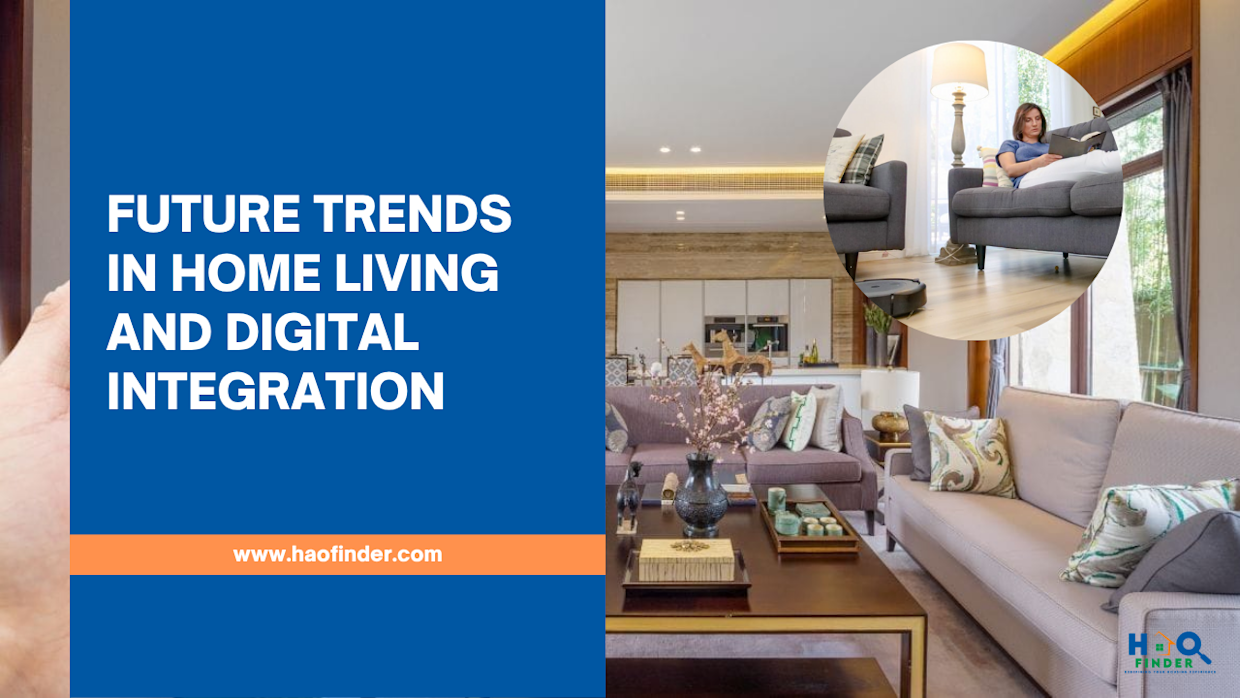Homes are no longer just places to live. They are now where we work, relax, stay healthy, and stay connected. With smart technology becoming more accessible, everyday spaces are being redesigned to match modern lifestyles.
From voice-activated assistants to app-controlled lighting and advanced streaming setups, the rise of smart living is combining convenience with comfort. Whether it is gaming in a custom setup, joining a virtual workout, or running meetings from a home office, the modern home is doing more than ever.
This article explores future trends that are shaping how we live, including digital entertainment, work-from-home solutions, and AI tools that make life easier.
Digital Entertainment at Home: Gaming, Streaming, and More
Home entertainment has evolved rapidly. What once meant flipping through cable channels or watching DVDs has become a fully digital, interactive, and personalised experience. Streaming platforms, online games, and smart TVs are reshaping how people relax and socialise without leaving their living rooms.
Gaming has become central to this change. For example, more people now play online casino games, turning the casino experience into a personalised hobby. With live dealers, real-time chat, and hundreds of slot options, it has become an accessible way to unwind and engage.
Streaming has also transformed entertainment. With only a few clicks, people can watch live concerts, gaming tournaments, or entire series. In-home entertainment has become immersive, social, and completely on demand, combined with smart speakers, ambient lighting, and high-speed internet.
Whether it is game night or movie night, the modern home is now a digital hub for entertainment that fits every mood and moment. No tickets or travel are required.
Smart Homes, Smarter Living: Automation and AI Integration
Homes are becoming smarter with each passing year. Voice assistants such as Alexa, Google Assistant, and new AI-powered agents are no longer extras but are becoming central to daily life.
These tools connect with appliances and energy-efficient systems so that homes respond to people rather than vice versa. Smart refrigerators, washing machines, and HVAC systems can now adjust settings automatically to save energy and improve efficiency.
Personalised routines are also becoming common. Lights can dim at bedtime, thermostats adjust before residents arrive, and security systems activate according to daily schedules. The goal is to anticipate needs without constant manual input.
Ambient intelligence, where homes can sense, learn, and adapt, is no longer science fiction. Houses are beginning to recognise behavioural patterns and make subtle adjustments to improve comfort and convenience.
Whether through voice commands, motion sensors, or AI-driven automation, smart homes are becoming more efficient, helpful, and personalised.
Wellness-First Design: Mental and Physical Wellbeing at Home
Wellness is now a priority in home design. The at-home fitness market is expanding rapidly, with equipment sales reaching more than nine billion dollars in 2024 and expected to nearly double by 2034.
Wearables and sleep trackers are also becoming part of everyday life. The global market for sleep-tracking devices, valued at 26.6 billion dollars in 2023, is projected to grow at more than 11 per cent annually and reach over 58 billion dollars by 2030.
Technology also supports mindfulness and recovery. Devices now monitor stress, heart rate, and oxygen levels, allowing users to recognize warning signs early. Apps guide meditation, breathing exercises, and sleep improvement, giving people practical tools for maintaining balance.
Design plays a key role, too. Homes increasingly include quiet zones, wellness corners, and lighting that changes with the time of day. Smart reminders encourage breaks during work hours, ensuring rest and recovery remain part of the daily routine. When homes support wellbeing as much as productivity, residents thrive.
Connected Kitchens and Smarter Meal Planning
Kitchens are also embracing digital integration. Smart appliances such as connected refrigerators, AI-powered ovens, and app-controlled coffee makers are growing popular. The smart kitchen market, valued at nearly 19 billion dollars in 2023, is expected to almost triple by 2030.
The value of these devices lies in how they integrate with daily life. Health apps, recipe platforms, and wearable trackers can now sync with smart kitchens to assist with meal planning, calorie tracking, and grocery management.
Some refrigerators can track inventory, remind users when items are about to expire, and reduce food waste by as much as 25 per cent. This level of efficiency not only saves time but also saves money and reduces stress.
With better reminders, recipe suggestions, and improved inventory control, households waste less food and enjoy healthier, more organised meal planning. Kitchens are transforming into efficient, sustainable spaces that support nutrition and ease.
Homes That Work Smarter, Live Better
The future of home living is already here. It is connected, efficient, and designed around real life. From wellness spaces to voice-controlled lighting and digital entertainment, today’s homes are built to support every part of daily living. When technology blends with comfort and purpose, a house becomes more than a place to live. It becomes an experience.


